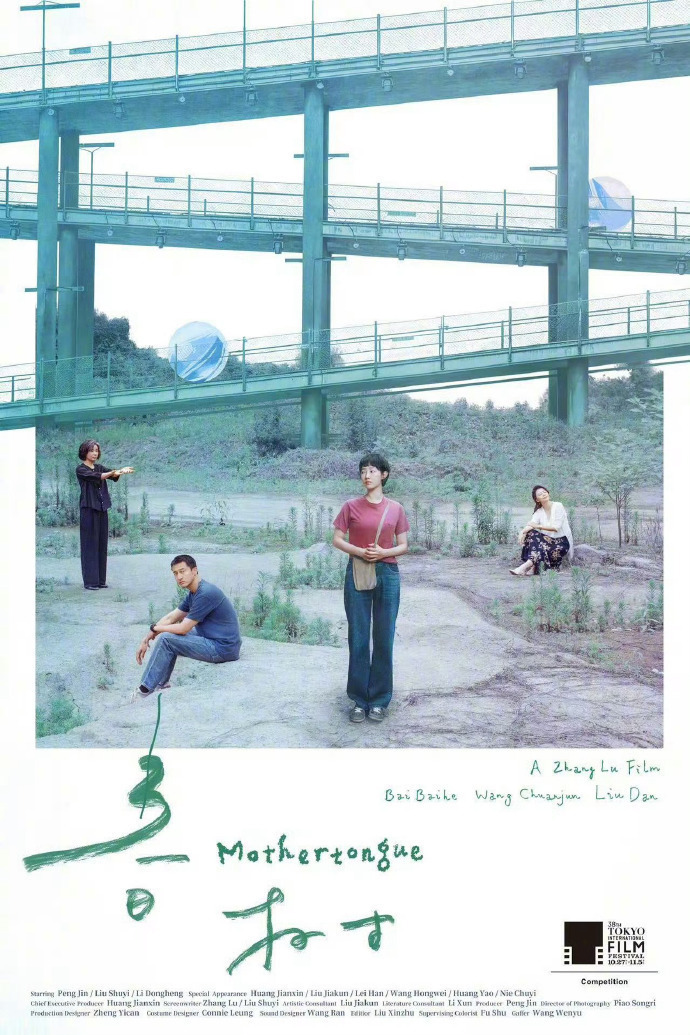民间食疗中医养生是近年来备受关注的话题,许多人开始重视起中医养生的理念和食疗方法。什么是民间食疗中医养生?它有着怎样的影响?本文将探讨这一热门话题,分析其背后的原理和价值。

我们来了解一下什么是民间食疗中医养生。民间食疗指的是以食物为药材,通过调理饮食来达到养生保健的方法。而中医养生则是通过平衡人体阴阳、顺应自然规律来达到健康的状态。这两者结合,形成了民间食疗中医养生的理念。对于这个话题,我们可以从以下几个方面进行讨论:
第一,探索民间食疗中医养生的原理。中医养生讲究平衡,通过调理体内的阴阳平衡,使身体达到健康的状态。而民间食疗则是以食物为药材,通过选择适合自己体质的食材和搭配,调理身体。这其中涉及到的原理是什么?如何通过食物来调理身体的阴阳平衡?这些都是我们需要探索的问题。
第二,分析民间食疗中医养生的效果。越来越多的人开始遵循民间食疗中医养生的方法来保健身体,那么它到底有着怎样的效果呢?有没有科学依据和研究证明?我们可以通过一些案例和数据来分析其中的效果,并探讨其对人体健康的影响。
第三,讨论民间食疗中医养生的局限性和注意事项。虽然民间食疗中医养生有着一定的效果,但是它也存在一些局限性。不同人的体质不同,同样的食材可能对不同人有不同的效果,而且食疗并不是可以替代医疗。在进行民间食疗中医养生时,我们需要注意些什么?有哪些需要避免的食物或搭配?这些都是我们需要深入探讨的问题。
民间食疗中医养生是一个备受关注的话题,它在保健养生方面有着一定的价值。通过探索其原理、分析其效果以及讨论其局限性和注意事项,我们可以更好地了解它,并在实践中更加科学地进行养生保健。我们需要重视这一话题,掌握相关知识,从而提升自己的养生水平,保持健康的生活方式。
你认为民间食疗中医养生有着怎样的影响呢?你又曾经尝试过哪些民间食疗方法呢?欢迎在评论区分享你的看法和经验!
民间食疗中医养生书籍——中医文化的瑰宝
一、引起读者的注意

在现代社会,人们对健康的关注度越来越高。随着医学进步的不断推进,人们对传统医学的认可度逐渐下降。民间食疗中医养生书籍作为传统医学的重要组成部分,却因其独特的理念和实用的方法,成为人们追求健康生活的重要参考。本文旨在介绍民间食疗中医养生书籍的行业现状和价值,并探讨其为现代人提供健康指导的意义和作用。
二、文章的主要内容和结构
本文将分为以下几个部分进行
1.民间食疗中医养生书籍的概述
1.1 民间食疗的历史渊源
1.2 典籍的分类和特点
1.3 典籍的传承和发展
2.中医养生理论的价值和意义
2.1 中医养生理论的基本原则
2.2 中医养生理论的科学性解读
2.3 中医养生理论在现代医学中的应用价值
3.民间食疗中医养生书籍的实用性和可取之处
3.1 食疗养生的理念和方法
3.2 民间食疗养生书籍的收藏和阅读价值
3.3 民间食疗养生书籍的应用示例
三、逐一展开论述
1.民间食疗中医养生书籍的概述
民间食疗源远流长,积累了丰富的经验和智慧,具有广泛的适用性。而这些经验和智慧在不同的典籍中得到了总结和传承,成为民间食疗中医养生书籍的重要组成部分。这些典籍根据内容和用途的不同,可以分为食疗方剂、养生保健、中药入药等。它们不仅涵盖了中医养生的方方面面,还展示了中医文化的瑰宝。
2.中医养生理论的价值和意义
中医养生理论以阴阳五行为基础,强调人与自然的和谐关系,注重预防和调理,追求身心的整体健康。这种理论的独立性和综合性使得其在现代医学中具有广泛的应用价值。通过对中医养生理论的科学解读,人们可以更好地理解和应用民间食疗中医养生书籍中的知识,实现自己的健康目标。
3.民间食疗中医养生书籍的实用性和可取之处
民间食疗强调食疗养生的理念,以食补为主要方法,借助食物的性味、功能来调理身体。民间食疗中医养生书籍将这些理念和方法系统整合,并提供了大量实用的食疗方剂和健康养生的指导。这些书籍为人们提供了自我调理和保健的方法,使得健康恢复和保持更加可行。
四、总结观点和结论
通过对民间食疗中医养生书籍的介绍和论述,我们不难发现,这些书籍作为传统医学的重要组成部分,承载了中医文化的丰富内涵。它们所传授的食疗养生理念和方法,对现代人的健康生活具有积极的意义和作用。我们应该重视和传承这些宝贵的文化资源,并结合现代科学的发展,进一步挖掘和研究其中的价值,为人类的健康福祉做出更大的贡献。
希望读者能够从本文中了解到民间食疗中医养生书籍的重要性,并在日常生活中加以应用。只有通过对这些宝贵的文化遗产的保护和发扬,我们才能够更好地继承和传承中医养生的智慧,实现健康生活的目标。让我们共同努力,为自己和家人的健康生活创造更美好的未来。
民间食疗中医养生大全
随着现代社会的快节奏生活和环境污染的增加,人们对健康的关注日益增加。在这个背景下,民间食疗和中医养生成为了越来越热门的话题。本文旨在介绍民间食疗中医养生的相关知识和方法,以帮助读者更好地维护自己的健康。

本文将分为以下几个部分:介绍民间食疗和中医养生的概念和起源;阐述民间食疗的基本原则和中医养生的核心理念;列举一些常见的民间食疗和中医养生方法,并介绍其具体应用;总结民间食疗和中医养生的特点和优势,并提出一些建议。
民间食疗和中医养生作为中国传统医学的宝贵遗产,已经有几千年的历史。它们强调“治未病”的理念,即通过调整身体的阴阳平衡和脏腑功能的协调,预防疾病和延缓衰老。这与现代医学中强调的“治已病”有所不同。民间食疗和中医养生的基本原则包括顺应自然规律、个体化调理、中医药与食物相结合等。
在具体的实践中,民间食疗和中医养生方法有很多种类。饮食调理方面,可以根据体质和疾病的不同选择合适的食材和烹饪方式,如糖尿病患者可以选择低糖、低脂的食物;养生保健方面,可以通过按摩、针灸、拔罐等手段促进气血循环和调理脏腑功能;草药治疗方面,可以选择一些中药材,如白术、当归等,以起到调理身体的作用。
民间食疗和中医养生具有多种优势。它们注重合理饮食和生活方式的调整,不仅能够治疗疾病,还可以改善整体健康状况。民间食疗和中医养生方法多样性,适应性强,可以根据个体的差异进行应用。这些方法无副作用,具有较高的安全性。
民间食疗和中医养生也存在一些问题。一方面,由于它们属于传统医学的范畴,缺乏充分的科学验证和临床试验,因此其疗效和安全性还需要更多的研究证实。另一方面,民间食疗和中医养生的认知度较低,很多人对其存在误解和偏见。
为了更好地推广民间食疗和中医养生,我们建议加强相关知识的宣传和普及,提高公众的健康意识。还需要加强相关研究和临床试验,为民间食疗和中医养生提供更加科学可靠的依据。
民间食疗和中医养生是宝贵的中华传统文化遗产,具有丰富的理论和实践经验。通过正确应用这些方法,我们可以更好地保护和改善自己的健康。希望本文能够帮助读者对民间食疗和中医养生有更全面的了解,并促进这一传统医学的发展和传承。
Introduction 民间食疗中医养生大全
In today's fast-paced society and with increasing environmental pollution, people's attention to health is growing. In this context, folk food therapy and traditional Chinese medicine health preservation have become increasingly popular topics. This article aims to introduce the relevant knowledge and methods of folk food therapy and traditional Chinese medicine health preservation to help readers better maintain their health.
The article will be divided into the following sections first, introduce the concept and origin of folk food therapy and traditional Chinese medicine health preservation; second, explain the basic principles of folk food therapy and the core principles of traditional Chinese medicine health preservation; third, list some common folk food therapy and traditional Chinese medicine health preservation methods and introduce their specific applications; finally, summarize the characteristics and advantages of folk food therapy and traditional Chinese medicine health preservation, and make some suggestions.
Folk food therapy and traditional Chinese medicine health preservation, as precious heritage of traditional Chinese medicine, have a history of thousands of years. They emphasize the concept of "treating diseases before they occur," which means preventing diseases and delaying aging by adjusting the balance of Yin and Yang and coordinating the functions of the organs. This is different from the modern medical concept of "treating diseases after they occur." The basic principles of folk food therapy and traditional Chinese medicine health preservation include following the laws of nature, individualized regulation, and the combination of traditional Chinese medicine and food.
In practice, there are many types of folk food therapy and traditional Chinese medicine health preservation methods. For example, in terms of dietary regulation, suitable ingredients and cooking methods can be chosen according to different constitutions and diseases. For diabetic patients, low-sugar and low-fat foods can be selected. In terms of health preservation, massage, acupuncture, cupping, and other methods can be used to promote blood circulation and regulate the functions of the organs. In terms of herbal treatment, some Chinese herbs such as Bai Zhu and Dang Gui can be selected to regulate the body.
Folk food therapy and traditional Chinese medicine health preservation have many advantages. Firstly, they emphasize the adjustment of diet and lifestyle, which can not only treat diseases but also improve overall health. Secondly, the variety and adaptability of folk food therapy and traditional Chinese medicine health preservation methods allow for individualized applications based on individual differences. In addition, these methods have no side effects and are relatively safe.
However, there are also some issues with folk food therapy and traditional Chinese medicine health preservation. On the one hand, as they belong to the scope of traditional medicine, they lack sufficient scientific verification and clinical trials, so their efficacy and safety still need further research and confirmation. On the other hand, the awareness of folk food therapy and traditional Chinese medicine health preservation is low, and many people have misunderstandings and prejudices against them.
To better promote folk food therapy and traditional Chinese medicine health preservation, we suggest strengthening the dissemination and popularization of relevant knowledge to raise public health awareness. In addition, more research and clinical trials are needed to provide more scientific and reliable evidence for folk food therapy and traditional Chinese medicine health preservation.
In conclusion, folk food therapy and traditional Chinese medicine health preservation are precious traditional Chinese cultural heritage with rich theories and practical experience. By correctly applying these methods, we can better protect and improve our health. It is hoped that this article can help readers have a more comprehensive understanding of folk food therapy and traditional Chinese medicine health preservation and promote the development and inheritance of this traditional medicine.
























